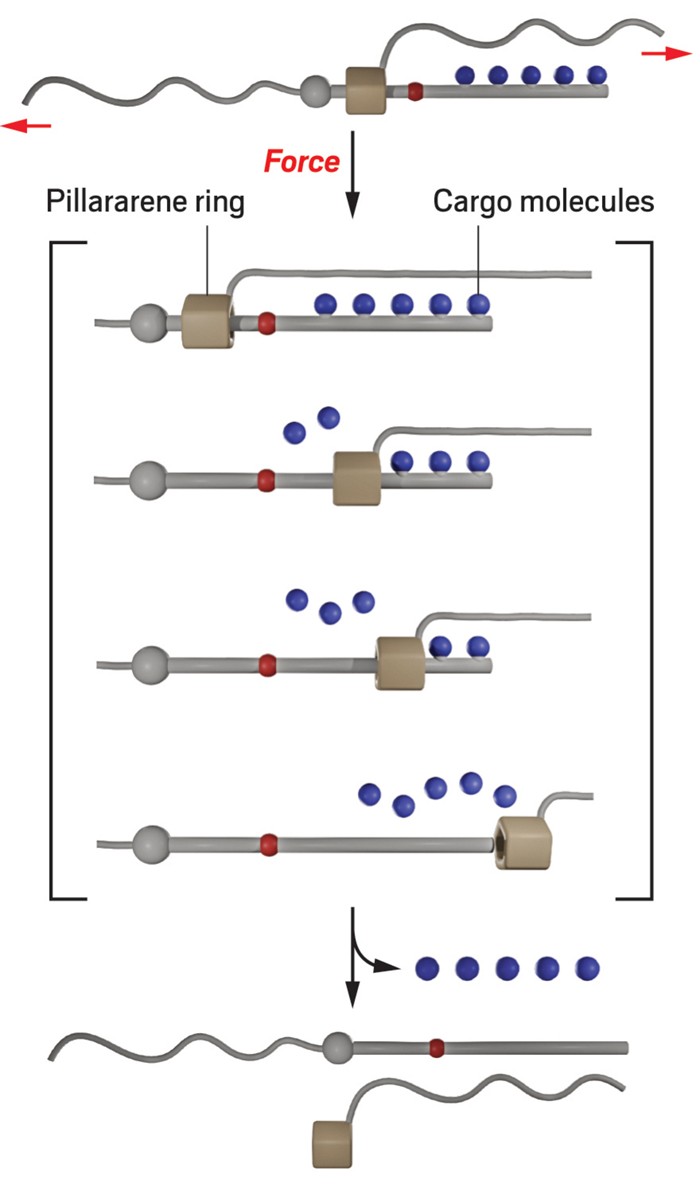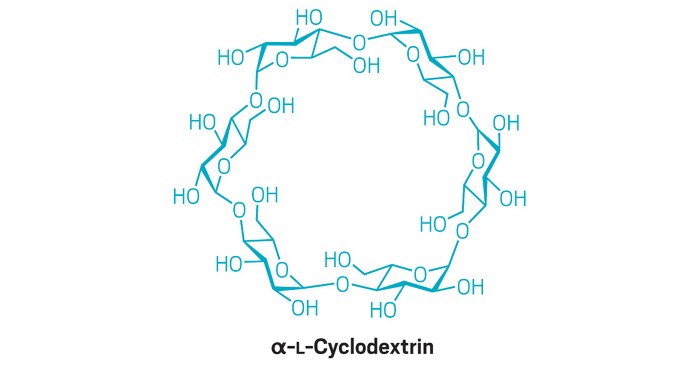Advertisement
Grab your lab coat. Let's get started
Welcome!
Welcome!
Create an account below to get 6 C&EN articles per month, receive newsletters and more - all free.
It seems this is your first time logging in online. Please enter the following information to continue.
As an ACS member you automatically get access to this site. All we need is few more details to create your reading experience.
Not you? Sign in with a different account.
Not you? Sign in with a different account.
ERROR 1
ERROR 1
ERROR 2
ERROR 2
ERROR 2
ERROR 2
ERROR 2
Password and Confirm password must match.
If you have an ACS member number, please enter it here so we can link this account to your membership. (optional)
ERROR 2
ACS values your privacy. By submitting your information, you are gaining access to C&EN and subscribing to our weekly newsletter. We use the information you provide to make your reading experience better, and we will never sell your data to third party members.
Synthesis
A Family Affair
Organic Synthesis: Selective reactions create resveratrol oligomers
August 5, 2011

A strategy from chemists at Columbia University has enabled the first syntheses of several members of a structurally intricate family of oligomeric compounds derived from the red wine compound resveratrol (Nature, DOI: 10.1038/nature10197). The team says their work could be applied to multiple classes of compounds.
Plant species worldwide make oligomers of resveratrol to fend off fungal infections, and some of these compounds have promising anticancer and anti-HIV activity. Only small quantities can be obtained from natural sources. And they’re a thorny synthetic challenge because resveratrol can connect to itself in myriad ways, whereas units of other natural product oligomers, such as terpenes, typically link to one another in only one or two ways.
Starting from resveratrol dimers they synthesized previously, Scott A. Snyder and coworkers use regioselective bromination reactions to selectively construct resveratrol trimers and tetramers, the highest-order resveratrol oligomers prepared yet. One of the brominations was mediated by a reagent the Snyder team developed earlier.
Snyder uses “exquisite chemistry” to generate the oligomers, but it’s not clear that the work brings practical applications for the resveratrol family any closer, says John Pezzuto of the University of Hawaii, Hilo, a pioneer in studying resveratrol’s pharmacology. Large polyphenols have traditionally been excluded in drug discovery programs, he says. “Of course, many things with little or no obvious practical value enrich our lives in a variety of ways,” he adds. “So until demonstrated otherwise, the artistry of this work should be sufficient to satiate our curiosity.”
Resveratrol may have been the subject of intense media and scientific scrutiny, even hype, but it has catalyzed new research on caloric restriction and the aging process, Snyder says. “I like to think of natural products as leading us into new areas of biochemical research, so even if they don’t become drugs, they’re of value.”




Join the conversation
Contact the reporter
Submit a Letter to the Editor for publication
Engage with us on Twitter